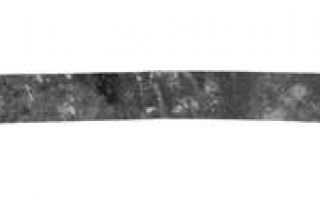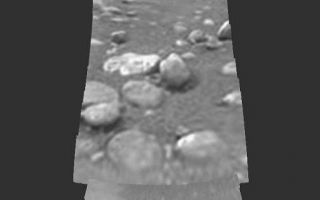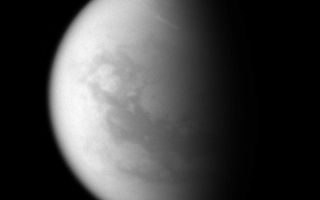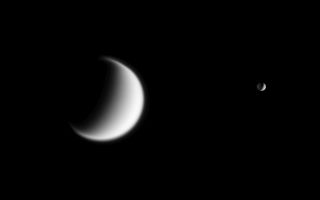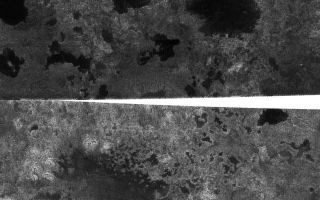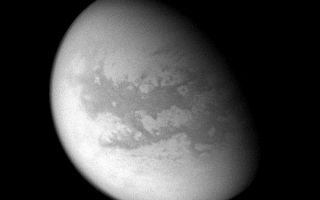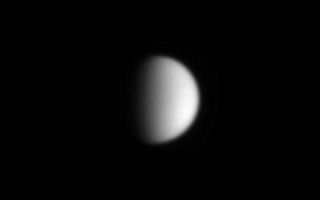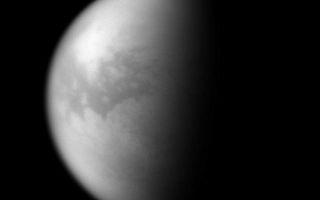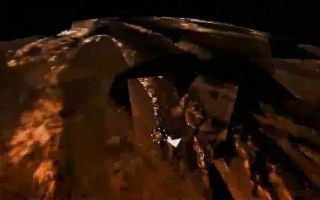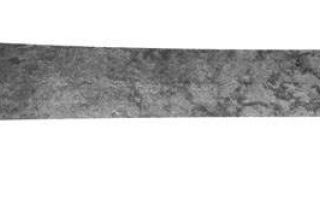Galerie de photos de Titan, satellite de la planète Saturne
Page 10 de 10
- « Première
- Précédente
- 4
- 5
- 6
- 7
- 8
- 9
- 10












































![Voir le sujet « Balise [url] » Voir le sujet du forum d'astronomie : « Balise [url] »](tl_files/structure/charte/arrow_blue_small.gif)





 Contacter Planète Astronomie
Contacter Planète Astronomie Plan du site Planète Astronomie
Plan du site Planète Astronomie Participer à Planète Astronomie
Participer à Planète Astronomie A propos de Planète Astronomie
A propos de Planète Astronomie

Page 10 de 10



